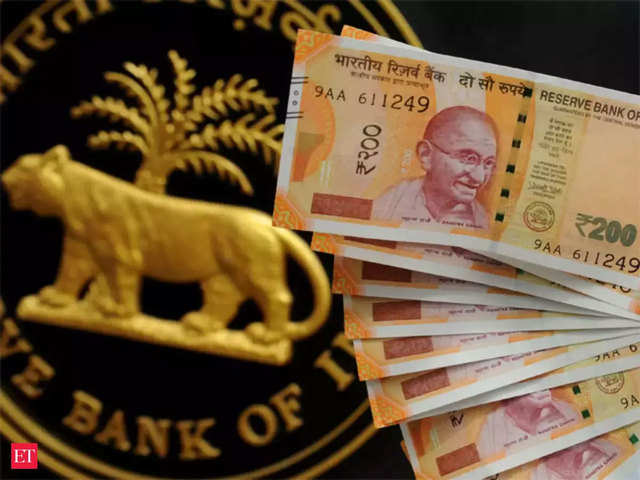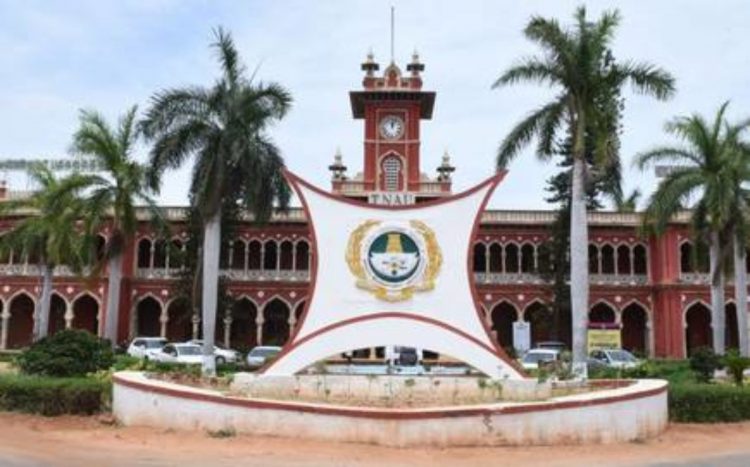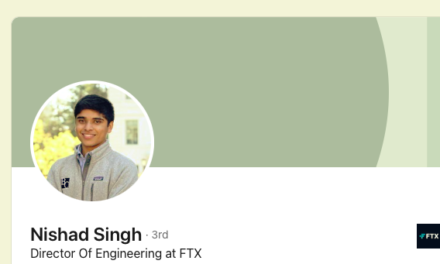The Reserve Bank of Indian (RBI) on Thursday decided to keep the benchmark repo rate unchanged at 4 per cent, already at the lowest since 2000, and reverse repo rate at 3.35 per cent.
In view of the Covid-19 pandemic and the resultant stress in the system, the central bank also decided to allow lenders to provide a restructuring facility on some loans that were standard as on March 1, 2020.
An expert committee will be set up under K V Kamath to thrash out modalities and look into resolution plans of eligibile borrowers.
The decisions were announced after the 24th bimonthly meeting of the RBI’s six-member Monetary Policy Committee (MPC), headed by Governor Shaktikanta Das.
Repo rate is the rate at which the RBI lends to commercial banks, and reverse repo is the rate at which it borrows from them.
The RBI had last revised its policy rate on May 22, in an off-policy cycle, to perk up demand by cutting interest rate to a historic low. Governor Shaktikanta Das said the MPC voted to keep interest rate unchanged and continue with its accommodative stance to support growth.
“Global economic activity has remained fragile. A surge in Covid-19 cases has subdued early signs of revival, said Das, adding: “Economic activity had started to recover, but a surge in infections has forced the imposition of lockdowns.
” Supply chain disruptions were persisting and inflationary pressures were evident across segments, he said.
In its outlook for the rest of the year, the RBI MPC noted that inflation was expected to remain elevated in the second quarter of 2020-21 and ease thereafter in the second half of the year.
On the economic growth front, Governor Das said, without putting any number to it, that India’s real gross domestic product would contract in the first half of FY21 as well as full financial year.
Among other key measures announced by the RBI, additional special liquidity facility of Rs 5,000 crore each will be provided to the National Bank for Agriculture and Rural Development (Nabard) and the National Housing Bank (NHB).
The RBI would also amend priority sector lending guidelines to remove regional disparity a higher weight would be accorded to districts with lower credit flows.
The start-up sector has been included as a priiority sector and the cap on credit to the renewable energy sector has been raised.
And, to ease some stress on households in the wake up of the coronavirus pandemic, the cap on loans against gold has been enhanced from 75 per cent to 90 per cent of the value.
Amid fast-changing macroeconomic environment and a deteriorating outlook for growth, the MPC has had to hold off-cycle meetings in March and May this year.
The MPC has cumulatively cut the repo rate by 115 basis points in these two meetings, taking the total policy rate reduction since February 2019 to 250 basis points.
According to a research report by State Bank of India, the country’s largest lender, banks have cut rates on fresh loans by 72 basis points, the fastest transmission ever recorded, during this period. SBI itself has cut by an equivalent 115 basis points on its repo-linked retail loan portfolio.
In the run-up to the announcement, experts had mostly been divided over the possibility of a rate cut, with many ruling it out saying a call on restructuring of loans and discontinuation of moratorium was more likely.
The six-month moratorium given by the RBI ends on August 31. Rating agency Icra had said in a report on Wednesday that an extension of moratorium and one-time restructuring of loan could pose challenges to lenders and also impact their financial stability if the quantum was large.
A Business Standard poll of 10 economists and bond market participants had seemed geared in favour of a pause in rate cut.
Of the 10, three had expected a cut, while seven had said there would be a pause. All the three bond market participants polled had expected a pause.









